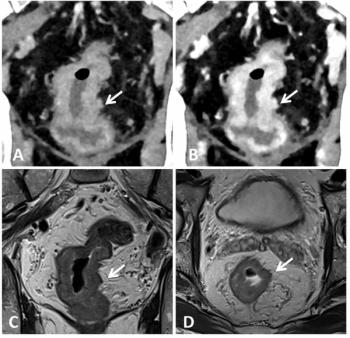
Stress Cardiac MR Imaging Useful for Some Patients with Chest Pain
Patients with intermediate risk chest pain may be safely assessed within 12 hours of presenting to ER with stress cardiac MR imaging.
Performing adenosine stress cardiac MR imaging within 12 hours of patients presenting to the emergency room with complaints of intermediate-risk chest pain is safe when compared with stress echocardiography, according to a study published in the journal
Researchers from Duke University sought to compare the utility and efficacy of stress cardiac MR imaging and stress echocardiography in patients who presented to the emergency room with acute chest pain and intermediate risk of coronary artery disease (CAD).
Sixty patients with chest pain and no previous history of CAD participated in the study. Follow-up was 14 months, ±5 months. All patients underwent both stress cardiac MR imaging and stress echocardiography in random order within 12 hours of presentation to the emergency room. Coronary angiogram was performed if either test result was abnormal.
In evaluating the results, CAD was considered significant if identified during angiography (narrowing of more than 50 percent) or if a myocardial infarction or death occurred during follow-up. The results showed that both stress cardiac MR imaging and stress echocardiography were similar in specificity, accuracy and predictive values:
Specificity
Accuracy
Predictive values
Pos/neg
Stress cardiac MR imaging
92 percent
93 percent
67 percent/
60 percent
Stress echocardiography
96 percent
88 percent
100 percent/
91 percent
The researchers concluded that for patients who presented to the emergency room with intermediate risk chest pain, “adenosine cardiac MR imaging performed within 12 hours of presentation is safe and potentially has improved performance characteristics compared with stress echocardiography.”
Newsletter
Stay at the forefront of radiology with the Diagnostic Imaging newsletter, delivering the latest news, clinical insights, and imaging advancements for today’s radiologists.



























